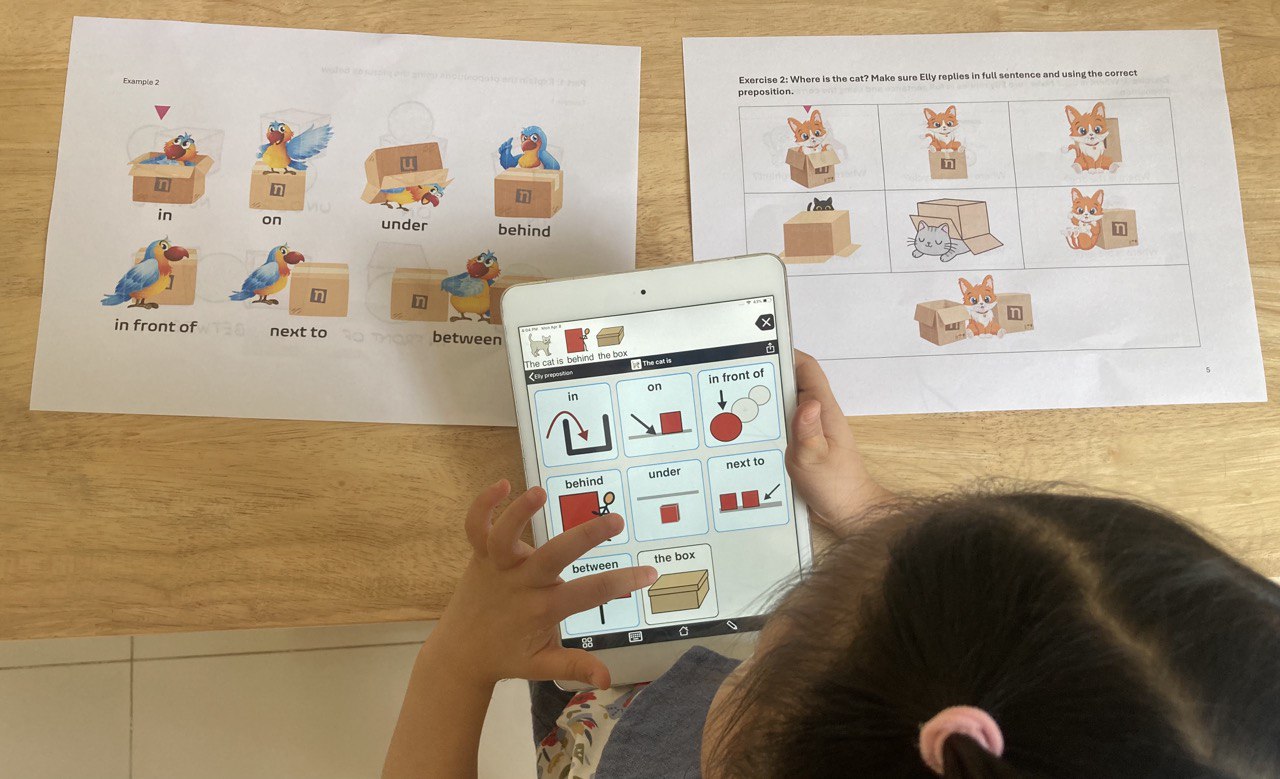Prepositions, those seemingly simple words like “in,” “on,” “at,” and “by,” play a crucial role in language. They establish spatial relationships between nouns and verbs, helping us understand the flow and structure of sentences. However, mastering prepositions can be a hurdle for many learners, especially those new to a language.
This blog post explores a variety of interactive activities that can transform preposition practice from a rote exercise into an engaging learning experience.
Building a Foundation: Understanding Prepositions
The first step is establishing a clear understanding of prepositions and their functions. Here are some effective techniques:
- Categorization Charts: Create visual charts that categorize prepositions by their function (e.g., place, time, direction). Encourage students to brainstorm examples for each category and add them to the chart collaboratively.
- Interactive Scavenger Hunts: Hide objects around the classroom with prepositions written on slips of paper beside them (e.g., “The book is under the chair”). Students can work in pairs to find the objects and construct sentences describing their placement.
- Picture Power: Utilize pictures depicting various scenarios. Students can describe the actions or situations using prepositions, fostering visual understanding and application.
Making Learning Fun: Engaging Activities
Once students have a grasp of basic prepositions, it’s time to move on to active practice. Here are some engaging activities to solidify their learning:
- Sentence Scramble: Prepare pre-written sentences with the order of the prepositional phrases shuffled. Students unscramble the sentences, ensuring proper placement of prepositions.
- Prepositional Charades: Divide the class into teams. One student from each team acts out a prepositions-based scenario (e.g., jumping over a hurdle), while their team attempts to guess the preposition being depicted.
- “I Spy” with Prepositions: Students take turns describing an object or person in the classroom using a prepositional phrase (e.g., “I spy with my little eye something that is behind the door”). This activity promotes observation and reinforces preposition usage in a playful manner.
Storytelling with Prepositions
Prepositions play a vital role in storytelling, helping us visualize settings and follow the flow of events. Here’s how to integrate them into your narrative writing instruction:
- Prepositional Phrase Bank: Brainstorm a list of prepositions relevant to a particular story theme (e.g., mystery story: “through the secret passage,” “behind the locked door”). Students can then incorporate these phrases into their narratives, enriching their descriptions and adding detail.
- “Mad Libs” for Prepositions: Create a story template with blanks strategically placed for prepositions. Students can then fill in the blanks, generating a humorous and preposition-filled narrative.
- Prepositional Revision: Provide students with a story excerpt with intentionally omitted prepositions. They can then revise the story by inserting appropriate prepositions, improving clarity and flow.
Assessment and Differentiation
Regular assessment helps gauge student understanding and identify areas that require further practice. Here are some suggestions:
- Preposition Identification Quizzes: These quizzes can test a student’s ability to identify prepositions within sentences and choose the most appropriate preposition for a given context.
- Sentence Completion Activities: Provide sentence prompts with missing prepositions. Students can then complete the sentences by selecting the most suitable preposition.
- Differentiation is Key: Accommodate students with varying learning styles by offering a variety of activities, including visual aids, kinesthetic tasks, and auditory exercises.
By incorporating these interactive activities into your lesson plans, you can transform the realm of prepositions from confusing concepts to stepping stones for clear and confident communication. Remember, fostering a positive and interactive learning environment is key to empowering your students to master these essential building blocks of language.




Leave A Comment